In our previous article, we looked at the few surviving National Cash Register buildings in Dayton and what they are being used for today.
Beyond these few isolated structures that were all built in 1950 or later, the rest of the company’s physical footprint is gone. In fact, nothing built during founder John H. Patterson’s lifetime survives.
This is a massive loss for a company that was so much more than just a place to work during its 150-plus-year history in Dayton.
NCR didn’t invent the cash register, but Patterson took Dayton saloonkeeper James Ritty’s creation and built it into one of the most influential companies in the world, making a profound impact on Dayton in the process.
NCR pioneered the modern sales process to convince shopkeepers everywhere that they needed a cash register. It redesigned its factory buildings in a cutting-edge style with abundant windows to let in natural light and improve both morale and productivity. Patterson’s approach to HR even anticipated today’s employee wellness program long before its time (although some would criticize his efforts as paternalism).
Outside the company’s walls, Patterson and NCR were a major civic force in Dayton: developing and beautifying neighborhoods near the factory, launching community programs for area youth, and even giving 284 acres of parkland to the City of Dayton and opening it to the public (today Hills and Dales MetroPark).
Here is what the bustling company’s complex looked like during its heyday:
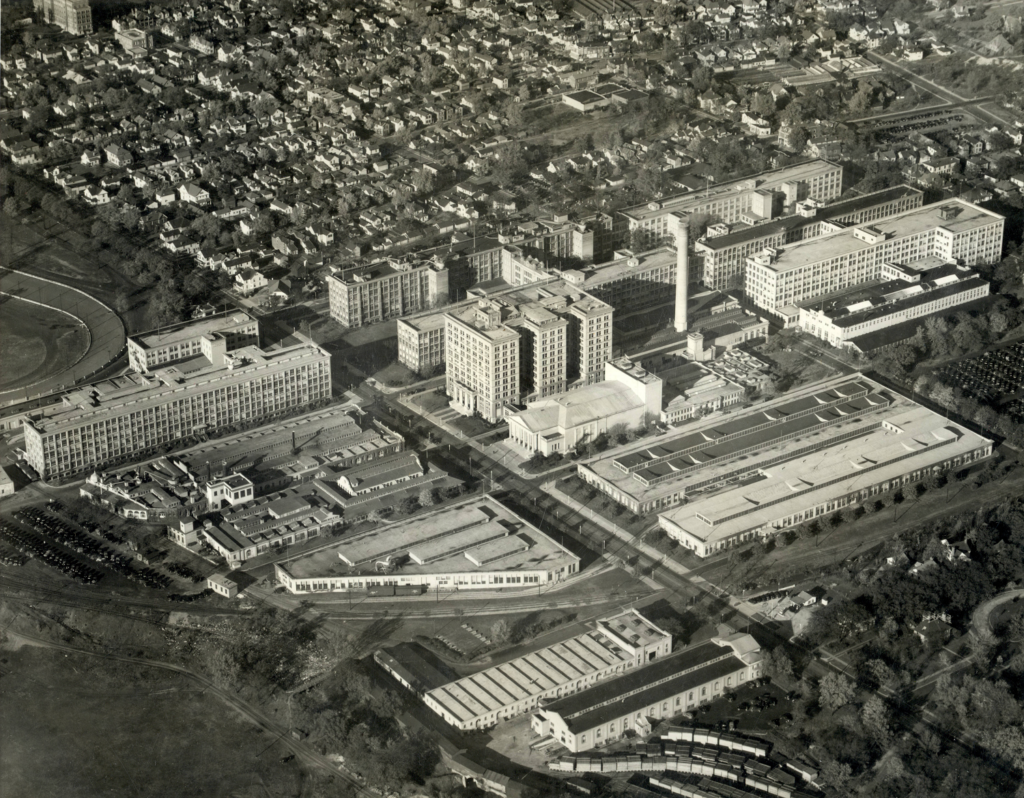
And here is roughly the same view around the time NCR left Dayton for good:
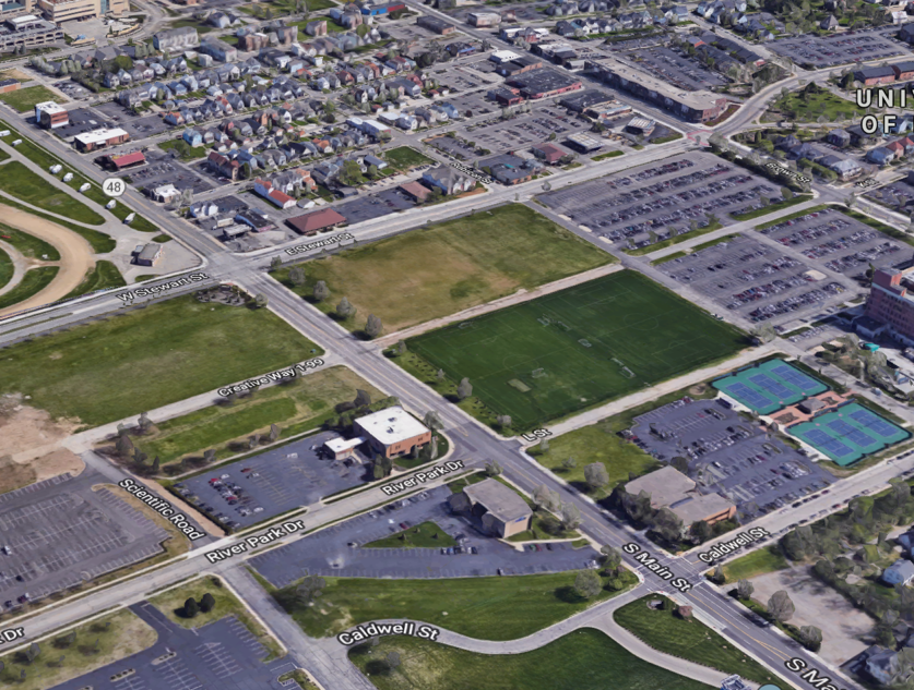
Things certainly looked dire for Dayton at that time, and the impact of the company’s departure was indeed devastating for the Miami Valley.
But since then, much of this vacant land is being returned to productive use, with the University of Dayton spearheading many of the efforts.
Located next door and previously a landlocked campus, it made a lot of sense for the university to acquire former NCR land. UD purchased a 50-acre parcel from NCR for $25 million in 2005, and later bought additional acreage nearby (as well as NCR’s former world headquarters which is now home of the UD Research Institute).
But its past industrial use made the land challenging to rebuild on. Much of that 2005 parcel was considered a brownfield site and “building foundations and debris were buried” on the land, requiring significant environmental mediation.
UD was awarded $13.9 million in state and federal environmental cleanup grants to help with its efforts. Contractors excavated soil from Brown Street to S Patterson Blvd, removing “asphalt, asbestos, volatile organic compounds and other debris.”
Post-cleanup, the university has brought in the $51 million GE Aviation EPISCenter and the $35 million Emerson Helix Innovation Center (see images below).
Construction also is currently in progress on a new $45 million Performing Arts Center at the SE corner of Main and Stewart.
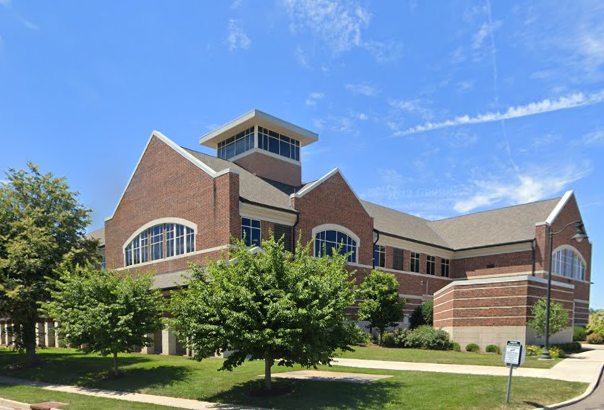

Also worth mentioning in the discussion of former NCR properties is Old River Park, a 226-acre park built by the company in 1937 which it closed in 1998. It was subsequently operated by Dayton History before being purchased by the University of Dayton.
According to a 2019 Flyer News article, “it received minimal upkeep and repair … on-site restroom facilities are derelict, and underground water lines have decayed in several places.”
The article also stated that “the property isn’t among the university’s strategic goals and priorities” although long-term conversations about how it may be used have been happening.
The Old River page on UD’s website currently states that “Old River Park is not available for reservation, usage, or programming during the 2022-23 academic year with few long standing and pre-approved exceptions. Any new requests will be denied. But it does encourage visitors to “please check in regarding future use in July 2023.”
Overall, although NCR is long gone from Dayton, it’s encouraging to see so much activity happening on its former land. And with more projects in progress, plus the potential redevelopment of the former Montgomery County Fairgrounds nearby, the area may be even more vibrant in a few years’ time.
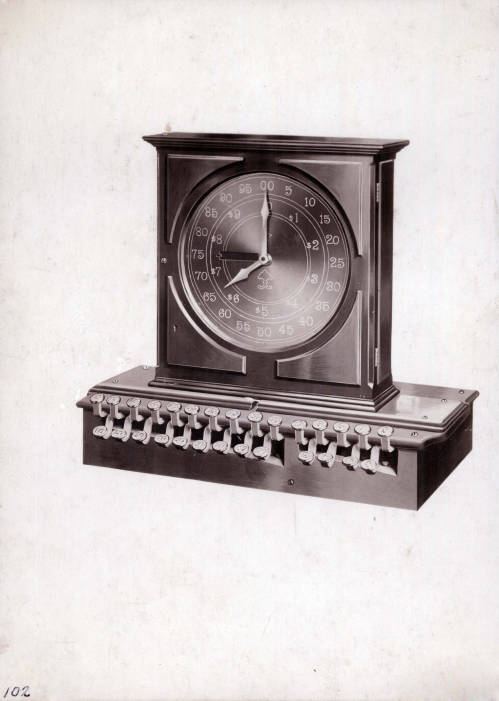


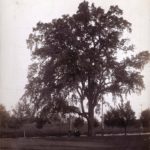
From a 90 year old who worked in a bank and used NCR equipment.